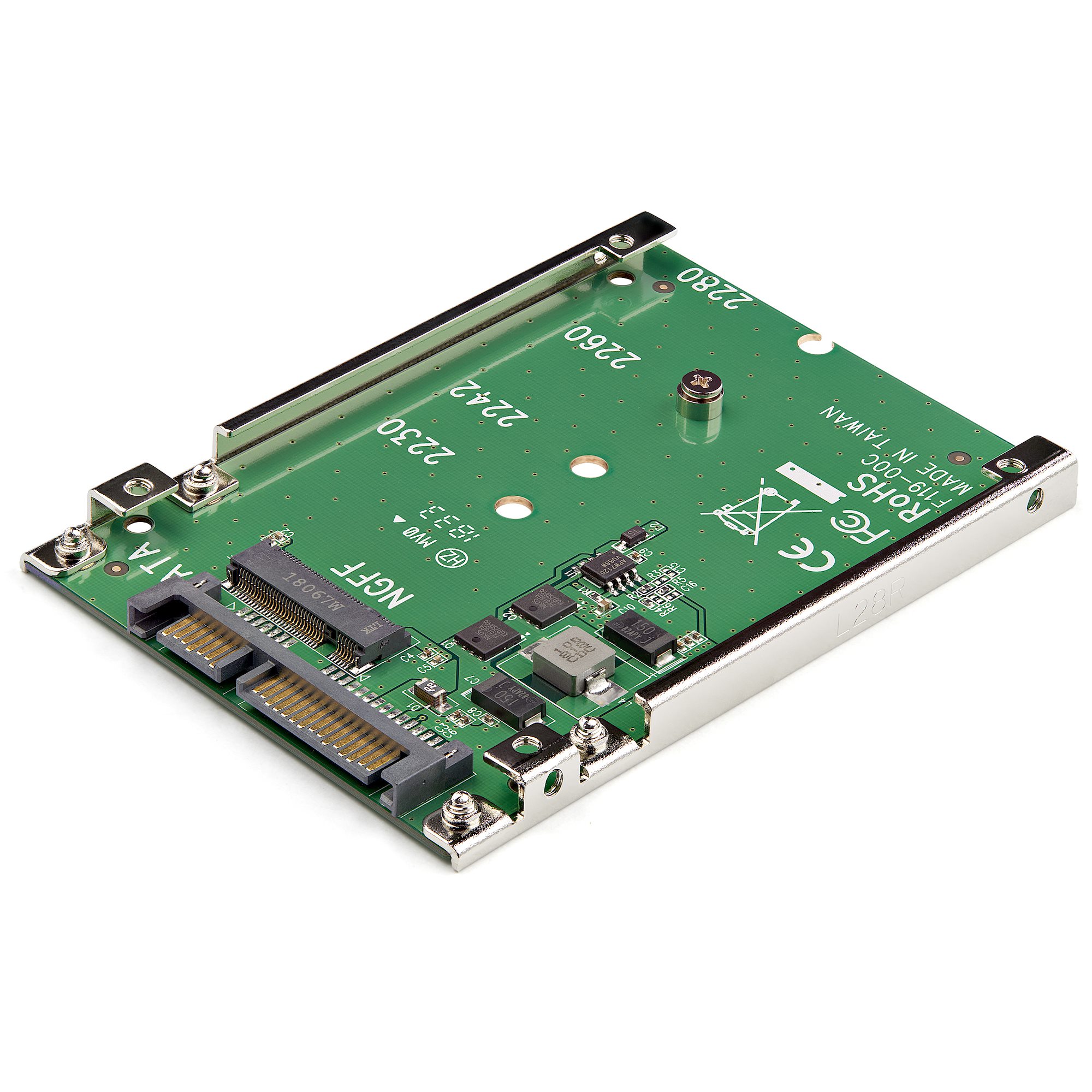Got an alert from CrystalDiskInfo earlier today to say my C: drive had hit 62°. On the "Performance" tab of Task Manager, its Active Time was basically stuck at 100%. I had a look at I/O Read/Write on the details tab, Waterfox was highest and had actually been quite sluggish, so I killed it. C:'s Active Time crashed down to around 5-10% for the most part, with intermittent spikes to 100% still occurring.
Came back later, reopened Waterfox, did some browsing, and C: has hit 61°.
The one common factor is VidCoder. Both times, I was running a tonemap encoding of some iPhone HDR 4K video into SDR 4K. In between, I ran a tonemap encode of a UHD-sourced video into SDR 1080p, which the C: drive was just fine with, even with Waterfox still open.
None of the video, though, is or was stored on C:. The UHD-sourced video was stored on my NAS, and the iPhone-sourced video was stored on D:. D: remains at 45°. So...I'm confused. There shouldn't be a huge activity spike on C:, and I have no idea how to figure out what's causing it - and even if there is one assumes the drive should still be capable of remaining cool enough. It's warm in here but not exactly hot, I think it was around 25° outside today and in a month or two it'll be hitting 40° on the regular so if it's not coping now...
Came back later, reopened Waterfox, did some browsing, and C: has hit 61°.
The one common factor is VidCoder. Both times, I was running a tonemap encoding of some iPhone HDR 4K video into SDR 4K. In between, I ran a tonemap encode of a UHD-sourced video into SDR 1080p, which the C: drive was just fine with, even with Waterfox still open.
None of the video, though, is or was stored on C:. The UHD-sourced video was stored on my NAS, and the iPhone-sourced video was stored on D:. D: remains at 45°. So...I'm confused. There shouldn't be a huge activity spike on C:, and I have no idea how to figure out what's causing it - and even if there is one assumes the drive should still be capable of remaining cool enough. It's warm in here but not exactly hot, I think it was around 25° outside today and in a month or two it'll be hitting 40° on the regular so if it's not coping now...




